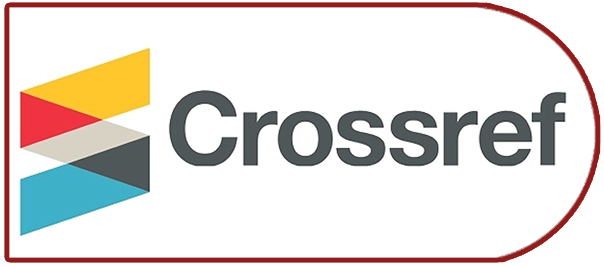ANALISIS PERHITUNGAN PENYUSUTAN ASET TETAP MENURUT PSAK 17 DAN UNDANG-UNDANG PAJAK SERTA DAMPAKNYA TERHADAP PENGHASILAN KENA PAJAK PADA PT.WANA ARTA MANUNGGAL
DOI:
https://doi.org/10.52859/jba.v6i2.63Keywords:
Fixed Assets, Depreciation of Fixed Assets According to IAS 17 Law- Tax Law, Taxable IncomeAbstract
This study aims to determine how the calculation of depreciation of fixed assets in
accordance with IAS 17 and the Law - Tax Law as well as determine the impact
on taxable income of both of these calculations. In this study the author uses
descriptive method is a method of analyzing the data which the data are collected,
compiled, interpreted, and analyzed so as to produce a complete information and
efficient in accordance with the title analysis of calculation of depreciation of
fixed assets according to IAS 17 and law - tax law and its impact taxable income
at PT Wana Manunggal Arta ". The data collected is primary and secondary data.
Using a variety of data collection techniques, such as interview techniques,
observation techniques. The author has analyzed the fixed assets of the company
and it can be concluded that the company put on straight-line depreciation
method to depreciate its fixed assets has been well implemented by the company.
Application of the method of depreciation for tax purposes in accordance with the
provisions of the tax is less because there are weaknesses in its application.
Depreciation expense based on commercial Rp 197,323,566 whereas according to
the fiscal depreciation expense amounting to Rp 169,967,624 was due to
differences in the method of depreciation according to tax provisions contained
fiscal correction of the vehicles used for the company's operations and for the
inventory of vehicles for employees.







1.png)




